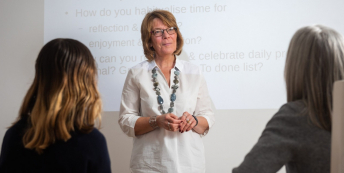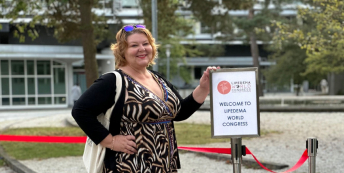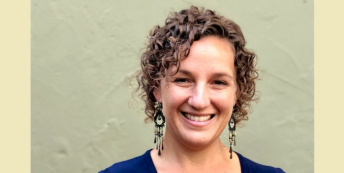“I was nervous about taking that first step out of my career 'comfort zone'.”
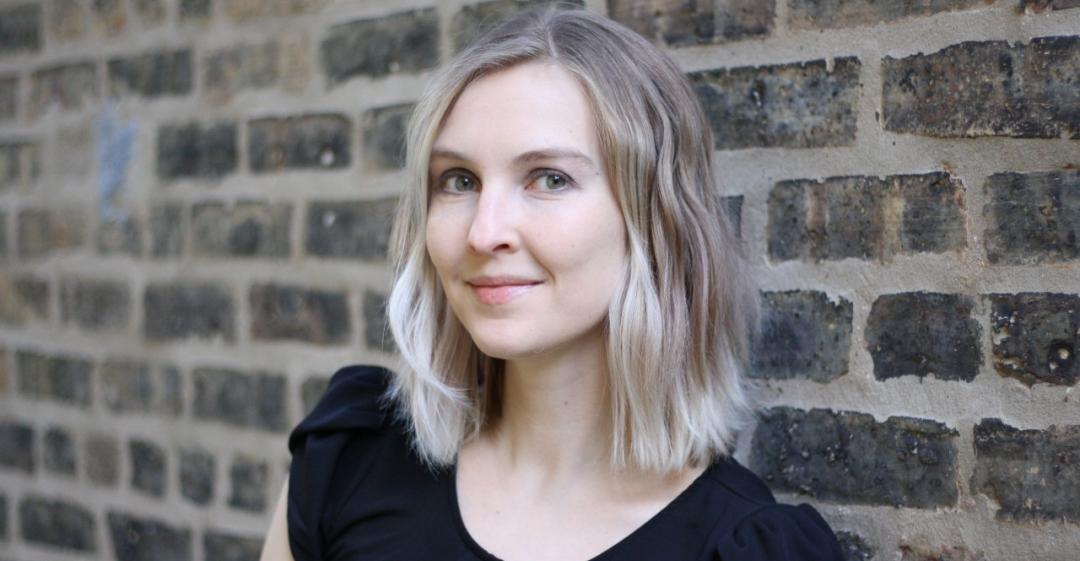
What work were you doing previously?
I worked for about 13 years in technology consulting, doing technology implementation work across several different industries and systems.
I primarily worked as a technical architect and program manager for technology programs.
What are you doing now?
I currently work in IT for Feeding America, as Director of Marketing Systems.
It’s the perfect blend of technology and social impact that I’ve been looking for in my career.
Outside Feeding America, I also serve as a 'Social Justice Technologist' through my work on a nonprofit board and volunteering with a space education organisation.
Why did you change?
While I really enjoyed the day-to-day of my technology consulting work, I wanted to dedicate myself to the social impact sector, whether at a nonprofit or social enterprise.
I'm a huge advocate for TechForGood, the organisation and movement; I want to focus my career on designing and implementing technology in order to elevate mission-driven organisations.
When was the moment you decided to make the change?
Prior to my current role, I did have several opportunities to do technology consulting for international development organisations.
It was my work at these nonprofits that sparked my passion for TechForGood.
Are you happy with the change?
I'm thrilled.
I was nervous about taking that first step out of my career 'comfort zone' but I'm so glad I did!
What do you miss and what don't you miss?
I always worked with wonderful teams and amazing co-workers.
While I do miss my former teammates, my new career has helped me connect with lots of new, fabulous folks.
How did you go about making the shift?
I took my time, for better or worse.
I'd been searching for years, applying for positions online, and sending around my CV.
When that long churn didn’t produce results, I decided to get focused in promoting my professional brand on LinkedIn, networking with leaders in the social impact sector, and joining the MovingWorlds Institute.
What didn’t go well? What wrong turns did you take?
Perfect is the enemy of good.
While I ended up in a great place, I wish I'd made the transition earlier and not waited for the 'perfect' role to come my way.
How did you handle your finances to make your shift possible?
I’m an engineer by education, so there was definitely a spreadsheet involved!
What was the most difficult thing about changing?
Keeping up the momentum.
When I had a lull between jobs, I was concerned about my skills and network becoming 'dusty'. I ensured that I took steps during this career downtime to stay active. I took online courses, joined the MovingWorlds Institute, attended social impact conferences, and worked on my personal professional website.
What help did you get? 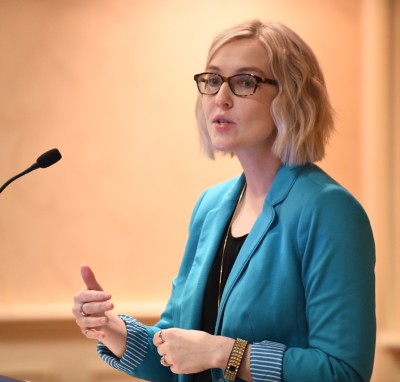
MovingWorlds was a great resource in connecting me with others in social impact while also helping provide direction for my career transition.
I also found new ways to use LinkedIn to network, learn about the industry, and brand myself.
What resources would you recommend to others?
MovingWorlds share great sites and resources for career transition into Social Impact.
Don’t be afraid to politely ping CIOs on LinkedIn. Trust me, it may just yield a great conversation you didn’t anticipate.
What have you learnt in the process?
Getting your foot in the door is 99% of the battle.
I learned not to be self-conscious or concerned about reaching out to my network.
What do you wish you'd done differently?
I wish that I'd been more active in the social impact sector outside of my day job.
You never know when a career transition might be on the horizon. It’s good to continuously foster relationships and learning outside your day job. This allows you to keep an ear to the ground and also serves as a bit of a safety net.
Like most folks, I was often head down, focused on my day-to-day work. However, it wasn’t until I became more involved in TechForGood conferences and joined a nonprofit board that I felt ready to take those first steps in my career transition; building my professional brand outside my current job gave me that confidence.
What would you advise others to do in the same situation?
Create different versions of your CV tailored to different types of roles. Make sure your CV is up to date and looks modern.
Network via LinkedIn, conferences, professional organisations. Just get out there. Have genuine conversations with those in your network, not motivated solely by a job hunt. Foster those relationships well before you start your career transition.
Create a professional brand for yourself.
Find an accountability buddy.
Thanks to our friends at MovingWorlds for this story. To find out more about their work, visit mwi.movingworlds.org, or learn more about them in our Retraining Directory.
What lessons could you take from Stef's story to use in your own career change? Let us know in the comments below.

